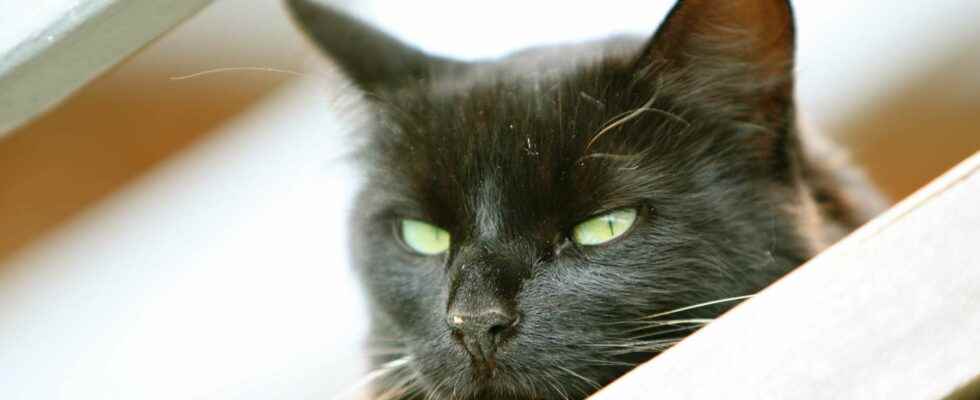In France, 28% of households have a cat in 2017. More than 13.5 million felines wander around in houses and apartments, a figure up 35% in 7 years. Their owners have a real cult following them: 49.5% of them consider them as a member of the family in their own right. Although ungrateful, the cat does not care royally for this affection and turns out to be manipulative, threatening and a vector of a good deal of trouble.
The French love cats. However, not only does the cat not give it back to us, but it also fiercely cultivates its wild instinct and attacks biodiversity.
The cat does not like you
” Some owners think their cat has a lot of affection for themnotes researcher Daniel Mills, a specialist in animal behavior at the University of Lincoln in the United Kingdom. In reality, the cat sees its owner more as a provider of resources than a provider of security. “. The latter has reproduces with animals a psychological experience well-known method designed to measure children’s attachment to their parents. If children and dogs show joy during reunions, the cat shows as much interest in strangers as in its owner. And if you’re moved by her heartbreaking meows as you leave the house, ” it’s more the expression of frustration than that of anxiety to see you go “says Daniel Mills.
The cat is a potential killer
The cat would be a potential murderer and would not hesitate to skin you if it was big enough, claims a edinburgh university study. According to researchers, cats have character traits similar to lions Africans, with a tendency to domination, impulsiveness or neurosis. ” If you’re standing near a group of lions, sometimes you’ll be fine and sometimes they’ll spring up and attack for no reason. It is the same for domestic cats. They are adorable and affectionate, but can change at any time. », warns Max Watchel, co-author of the study. A dominating behavior that we find when he brings his prey home to you: the cat has no intention of giving you a gift, but intends to show you his hunting skills and establish his feeling of power.
The cat is manipulating you
Quietly installed on the sofa, you get up to look for a drink in the fridge. When you return, the cat has taken your place without any embarrassment and refuses to budge. ” The cat needs to be observed, admired and to be the sole center of human attention in the household. He gives himself all the means to achieve this. explains the behaviorist for cats, Marie-Hélène Bonnet, to the site wamiz. The cat would thus have developed a particular meow similar to the crying of children in order to soften us. According to researchers from the University of Sussexthe cat also develops purrs treble to induce a sense of urgency in humans. ” Cats learn to greatly exaggerate their meow when it proves effective in generating a human reaction », reports the author of the study Karen McComb.
The cat seriously threatens biodiversity
If cats are particularly bad for rid cities of ratsthey are on the other hand formidable predators for the wildlife wild. In 2013, a study published in NatureCommunications estimated that domestic cats kill 4 billion birds and 22 billion small mammals each year in the United States, making them the number one cause of human-induced death, ahead of collisions or pesticides. According to Tim Doherty, from the University of Melbourne in Australia, the cat is responsible for the extinction of 63 species of mammals, birds and reptiles in the world for 500 years. An ecological disaster that forced the Australian government to erect a 44 km protective barrier to protect local species and to implement a major eradication plan aimed at eliminating 2 million stray cats.
The cat transmits diseases
The cat is a vector of many diseases, including toxoplasmosisan infection caused by a parasite that can lead to feverheadaches, Rashes and great fatigue. Between 15 and 65% of cats have already been infected with the parasite. Let us also quote cat scratch disease, scabies, echinococcosis or tularemia. So many conditions that can be dangerous in frail people and pregnant women. The cat is also a cause of allergy fairly common (about 3% of people are affected) via a protein present in their salivathe dander or urine. The presence of a cat in the home is thus likely to promote theasthma in children with a predisposed background. For the people concerned, there is no other solution than to get rid of the animal as quickly as possible.
Interested in what you just read?
